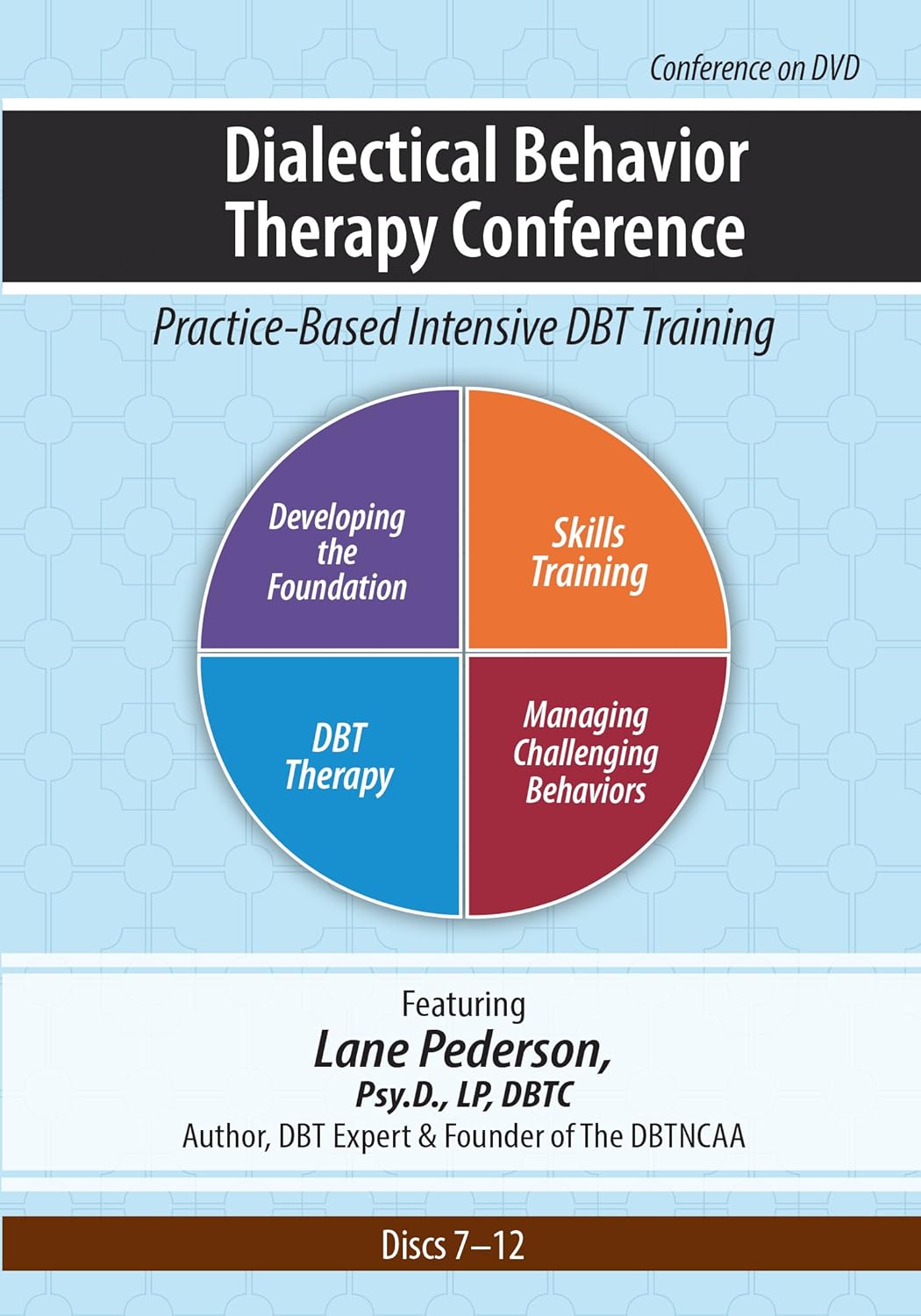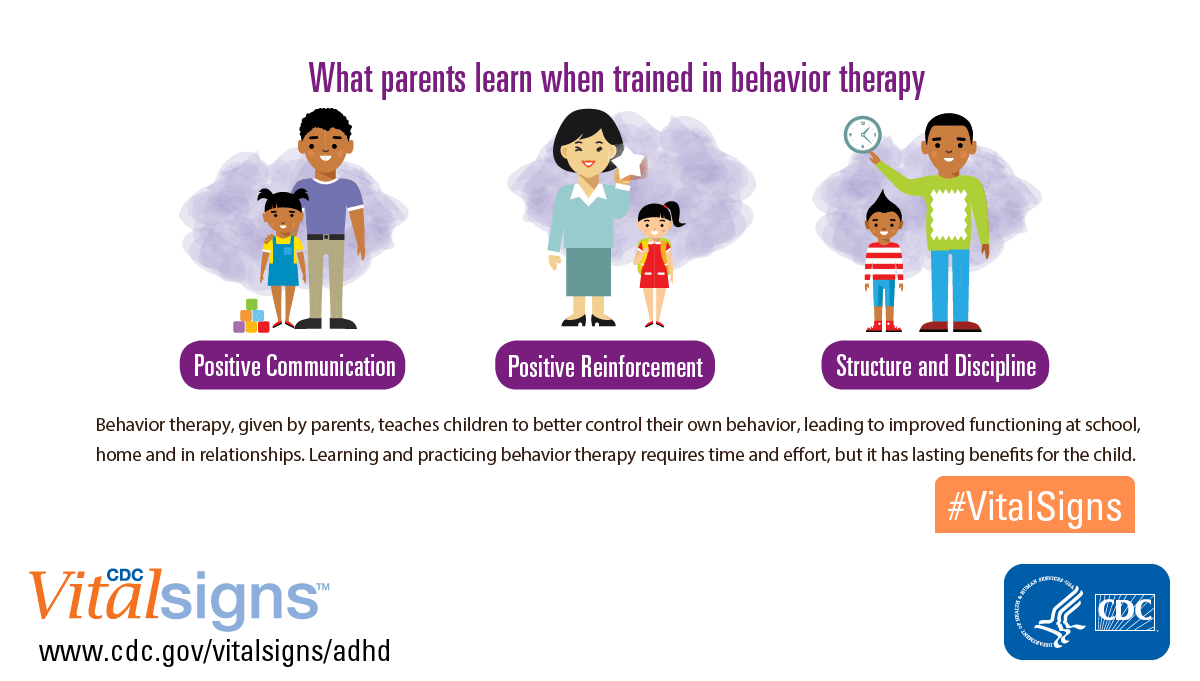- Between The Modulesdialectical Behavioral Training Programs
- Between The Modulesdialectical Behavioral Training Certification
- Dialectical Behavioral Therapy For Children
Counter conditioning means training an animal to display a behavior that is different than his current reaction to a stimulus. Desensitization is the process of exposing the animal to a stimulus beginning at a very low intensity. Counter conditioning and desensitization need to be used together to be effective and are often used to change unwanted behavior in dogs and cats, especially fearful and aggressive behaviors.
Between The Modulesdialectical Behavioral Training Programs

How to create a counter conditioning and desensitization program
Good communication between the individual therapist and group therapist is essential to the successful outcome of Dialectical Behavior Therapy. Skills Training - Conducted by a behavioral technician or other therapist usually in a group context. Conducted in weekly sessions of 2.5 hours with a break halfway through each session. Dialectical behavior therapy (DBT) provides clients with new skills to manage painful emotions and decrease conflict in relationships. DBT specifically focuses on providing therapeutic skills in. This is where DBT comes in: Dialectical Behavior Therapy is a type of Cognitive Behavioral Therapy, but what makes it unique is its emphasis on mindfulness and dialectical thinking. Rather than only treating symptoms as problems to be solved, DBT places an equally important emphasis on acceptance of experiences as they are in this moment. Oxford dictionary states meaning of Skill and Bhavior as follows. (Source Google search) Behaviour is the way one conducts, responds, reacts, interacts etc. Skill is something well and moving to expertise zone. Communication is about making other. Training as a DBT therapist is training to save and change lives. It is not for the faint-hearted, AND it is life-changing for both client and therapist. In these ten short videos, journey through the world of DBT and find out if becoming a DBT therapist is right for you.
Ideally, the program should be designed and carried out in such small steps that the problem behavior never occurs during the program. This means that all the stimuli that cause the behavior should be identified and that you should find a way to lower their intensity until your pet doesn’t react to them. For example, if a cat becomes afraid if someone approaches closer than six feet, then the starting point would need to be much further away than six feet.
For example, if a cat is afraid of being picked up, you would want to figure out exactly what she's scared of. Is she more afraid of adults than children? More afraid of men than women? More afraid of a family member or someone she doesn’t know?
Some common factors to consider include location, loudness, distance, speed of movement, length of time near the other animal or person, response of the other animal or person, and body postures of the animal or person who induces fear or aggression.
A counter conditioning and desensitization program needs to begin by using combinations of stimuli that are least likely to cause a fearful reaction. In our cat example above, perhaps the cat is least afraid of being handled by a familiar adult female who approaches slowly and speaks softly to her, while she’s lying on the bed in the bedroom. She is most afraid of a nephew who runs up to her yelling while she’s in the kitchen.
Begin with the easiest combination of characteristics of the situation, and gradually work up to the most difficult. If a cat will be less afraid of a male child approaching slowly than an adult female approaching fast, then we know speed of approach is more critical than type of person. Don’t make all dimensions more intense at the same time.
If a dog is afraid of the sound of the hair dryer, the sound must be presented to the dog at a low intensity that doesn't provoke the fearful behavior. This could be done by turning the dryer on and off quickly before the dog shows fear, turning the hair dryer on in another room, covering the dryer with towels, etc.
Help your pet associate good things with the situation rather than bad things. Good choices are food (especially favorite treats), toys, and social reinforcements like petting, attention, and praise. If food is used it should be in very small pieces and be highly desired by your pet (cheese, hot dogs or canned tuna often work well). You may need to experiment a little to see what food is the best motivator for your pet.
Between The Modulesdialectical Behavioral Training Certification
People commonly want to know how long they need to repeat each intensity level. This will depend entirely on your pet, who should be demonstrating that he is indeed expecting good things to happen. Perhaps he looks to you for a treat, or looks around for his toy. This should be in contrast to his previous reactions such as trembling, tensing up or other fearful or aggressive responses.
Counter conditioning and desensitization take time and should be done very gradually. Think through the steps you need to take. Rather than expecting progress in leaps and bounds, look for small, incremental change. It can be very helpful to keep a record of your results, since day to day changes will not be very big.
You may need to supplement the behavior modification program with other approaches, such as avoiding situations that provoke the problem, using a headcollar like the Gentle Leader collar or treating your pet with anti-anxiety medication. Your veterinarian or an animal behaviorist can give you more information on these options.
Why Mental Health First Aid

Mental Health First Aid is a public education program that can help communities understand mental illnesses, seek timely intervention, and save lives. The core program, delivered to more than 1 million people across the country through a network of more than 12,000 instructors, has already saved lives and brought hope to many.
1 in 5 Americans has a mental illness and many are reluctant to seek help or might not know where to turn for care. The symptoms of mental illness can be difficult to detect — even when friends and family of someone who appears to be developing mental illness can tell that something is amiss, they may not know how to intervene or direct the person to proper treatment – which means that all too often, those in need of mental health services do not get them until it is too late. As a society, we largely remain ignorant about the signs and symptoms of mental illness, and we ignore our role as responsible community members to help people experiencing these illnesses.
What is Mental Health First Aid
Mental Health First Aid is a groundbreaking public education program that introduces participants to risk factors and warning signs of mental health problems, builds understanding of their impact, and overviews common treatments. Mental Health First Aid is a live training course, which uses role-playing and simulations to demonstrate how to assess a mental health crisis; select interventions and provide initial help; and connect persons to professional, peer and social supports as well as self-help resources.

Mental Health First Aid allows for early detection and intervention by teaching participants about the signs and symptoms of specific illnesses like anxiety, depression, schizophrenia, bipolar disorder, eating disorders, and addictions. The program offers concrete tools and answers key questions like “What can I do?” and “Where can someone find mental health help?” Participants are introduced to local mental health professionals and resources, national organizations, support groups, and online tools for mental health and addictions treatment and support.
Mental Health First Aid demystifies mental illness and gives participants the capacity to obtain, process, and understand the health information and services needed to make appropriate decisions and seek care.
Reach and Audiences
In 2008, the National Council for Behavioral Health brought Mental Health First Aid to the U.S. As of April 2017, more than 1 million persons in communities across the country have been trained as Mental Health First Aiders through a network of more than 12,000 certified instructors.
Mental Health First Aid has been taught to a variety of audiences including health, human services, and social workers; employers and business leaders; faith community leaders; college and university staff and faculty; law enforcement and public safety officials; veterans and family members; persons with mental illness-addictions and their families; and the general public. New York, Philadelphia, Washington, DC and other major cities and counties have adopted Mental Health First Aid as a proven strategy to engender healthier communities by training large groups of public health and public safety workers, government and social services staff, and caring citizens.
Certified instructors teach the program in communities across the United States. To find a course or contact an instructor in your area, visit www.MentalHealthFirstAid.org.
Youth Mental Health First Aid
Youth Mental Health First Aid, focused on youth 12 to 25 years, is being rolled out across the U.S. after a year-long pilot. This version is designed to teach neighbors, teachers, parents, peers, and caring citizens how to help a child or teen who is experiencing a mental health or substance use problem or is in crisis. The youth version provides an ideal forum to engage communities in discussing the signs and symptoms of mental illness, the prevalence of mental health disorders, the effectiveness of treatment, and how to engage troubled young people in services.
Youth Mental Health First Aid is primarily designed for adults — family members, caregivers, school staff, health and human services workers, etc. — who work with young people 12-25, and is also appropriate as a peer support program for older adolescents. The curriculum spans mental health challenges for youth, review of normal adolescent development, and intensive guidance through the ALGEE action plan for both crisis and non-crisis situations. Topics covered in the manual include anxiety, depression, substance use, disorders in which psychosis may occur, disruptive behavior disorders (including AD/HD), and eating disorders. Youth Mental Health First Aid may only be taught by instructors certified specifically in this version.
Dialectical Behavioral Therapy For Children

The launch of Youth Mental Health First Aid coincides with the Born Brave Bus Tour hosted by Lady Gaga and her mother Cynthia Germanotta’s Born This Way Foundation. The National Council is a partner on the bus tour which is comprised of interactive “tailgate” events in the 27 U.S. cities of Lady Gaga’s Born This Way Ball tour, during which young people will meet to share stories of bravery and empowerment. Mental health professionals will be onsite to raise awareness of mental health and connect young people in need of support to local resources. Following the bus tour, the National Council and the Born This Way Foundation will offer Mental Health First Aid trainings in communities across the U.S.
The National Council for Behavioral Health seeks to make Youth Mental Health First Aid available in every one of 4,197 colleges and 13,809 school districts in the U.S.